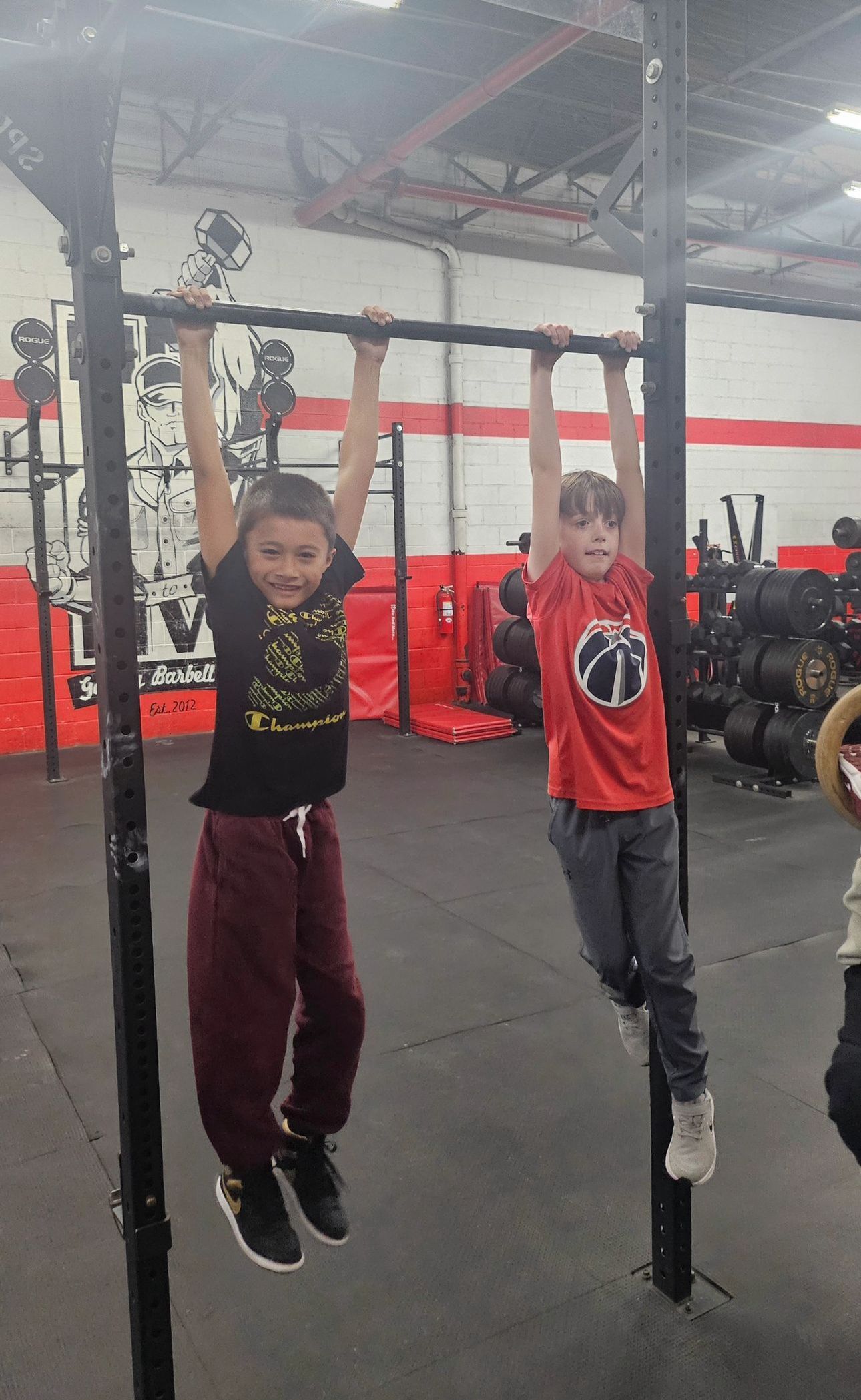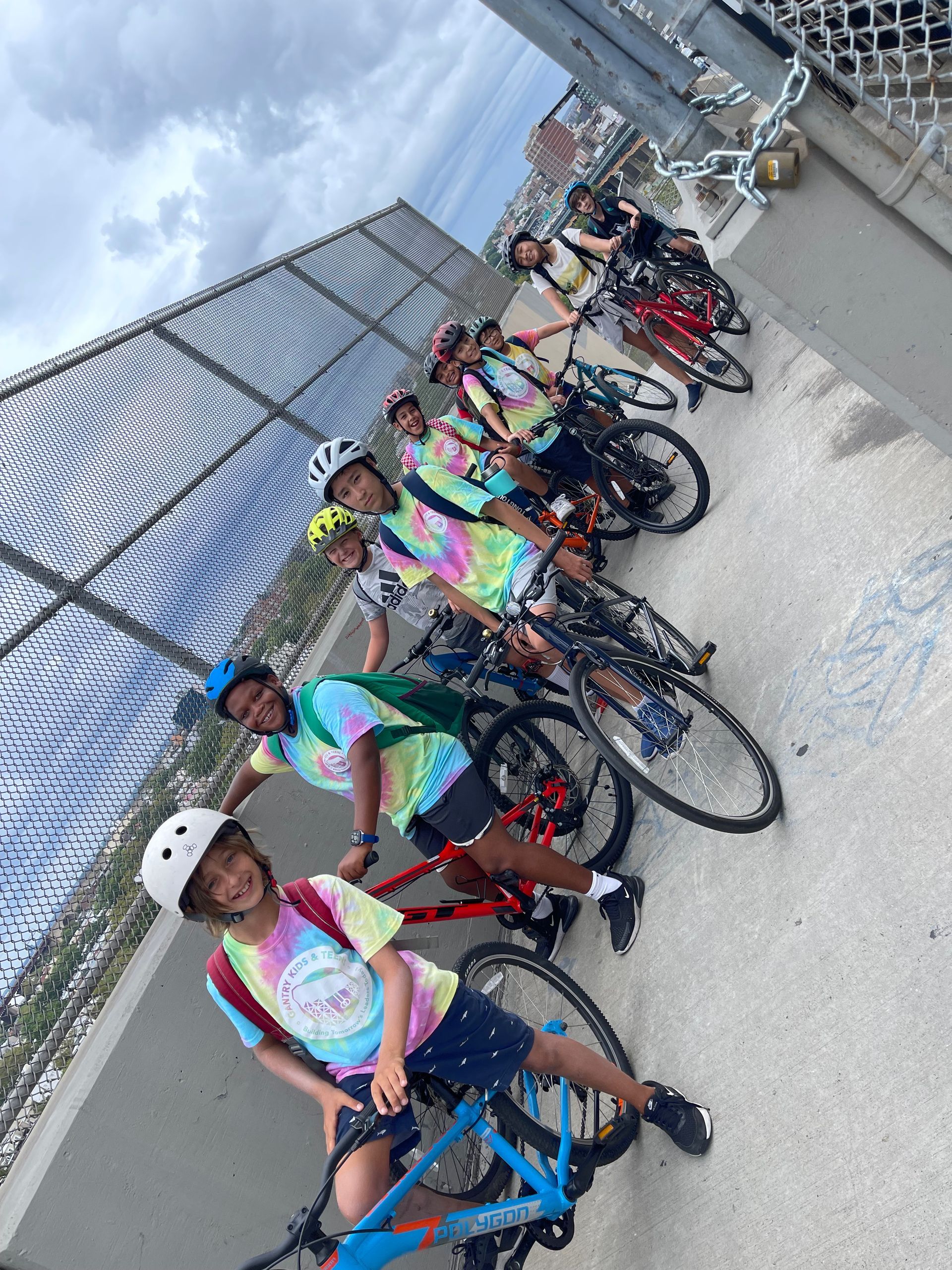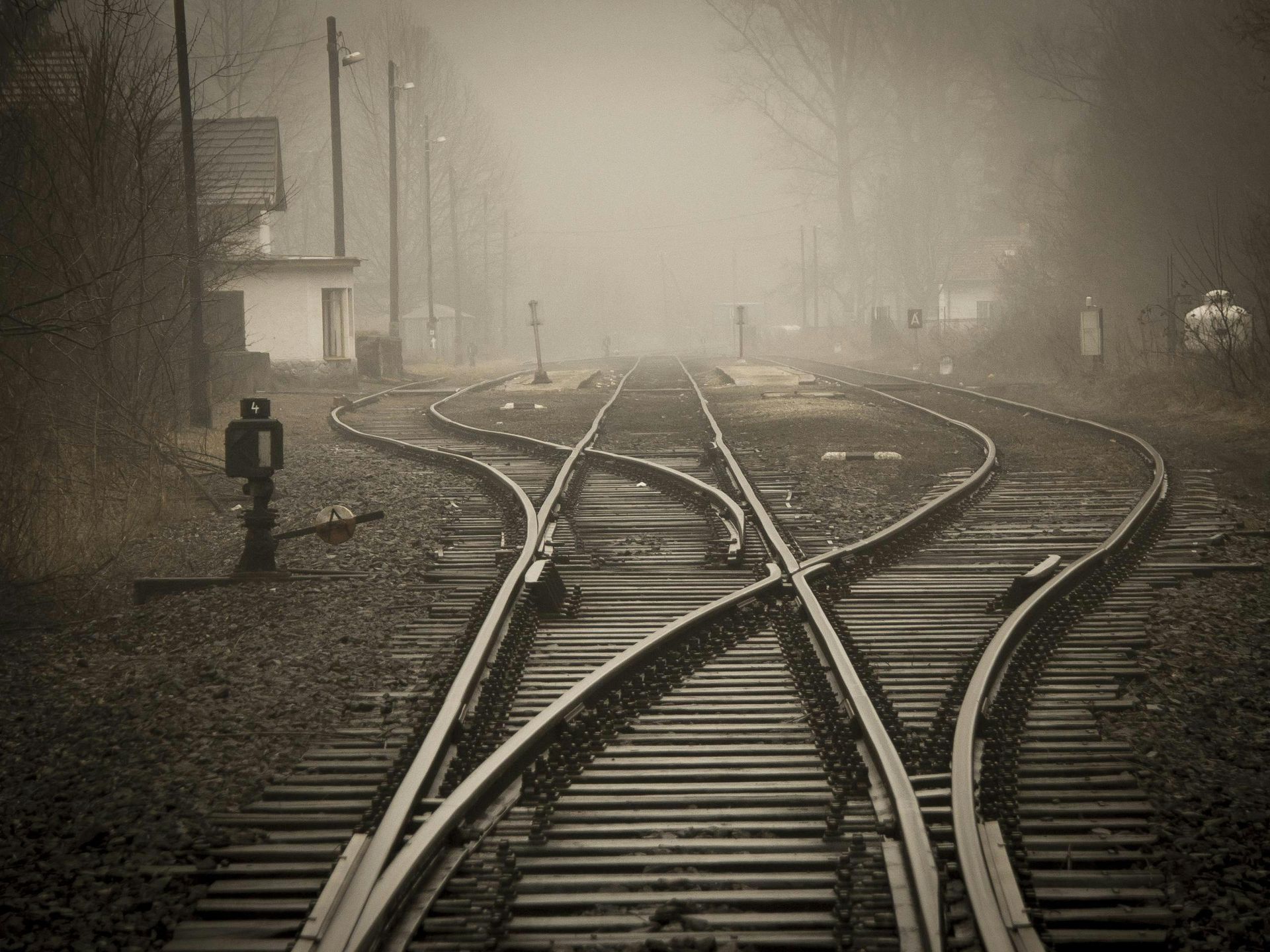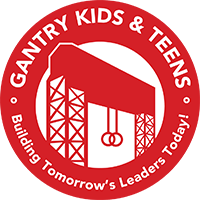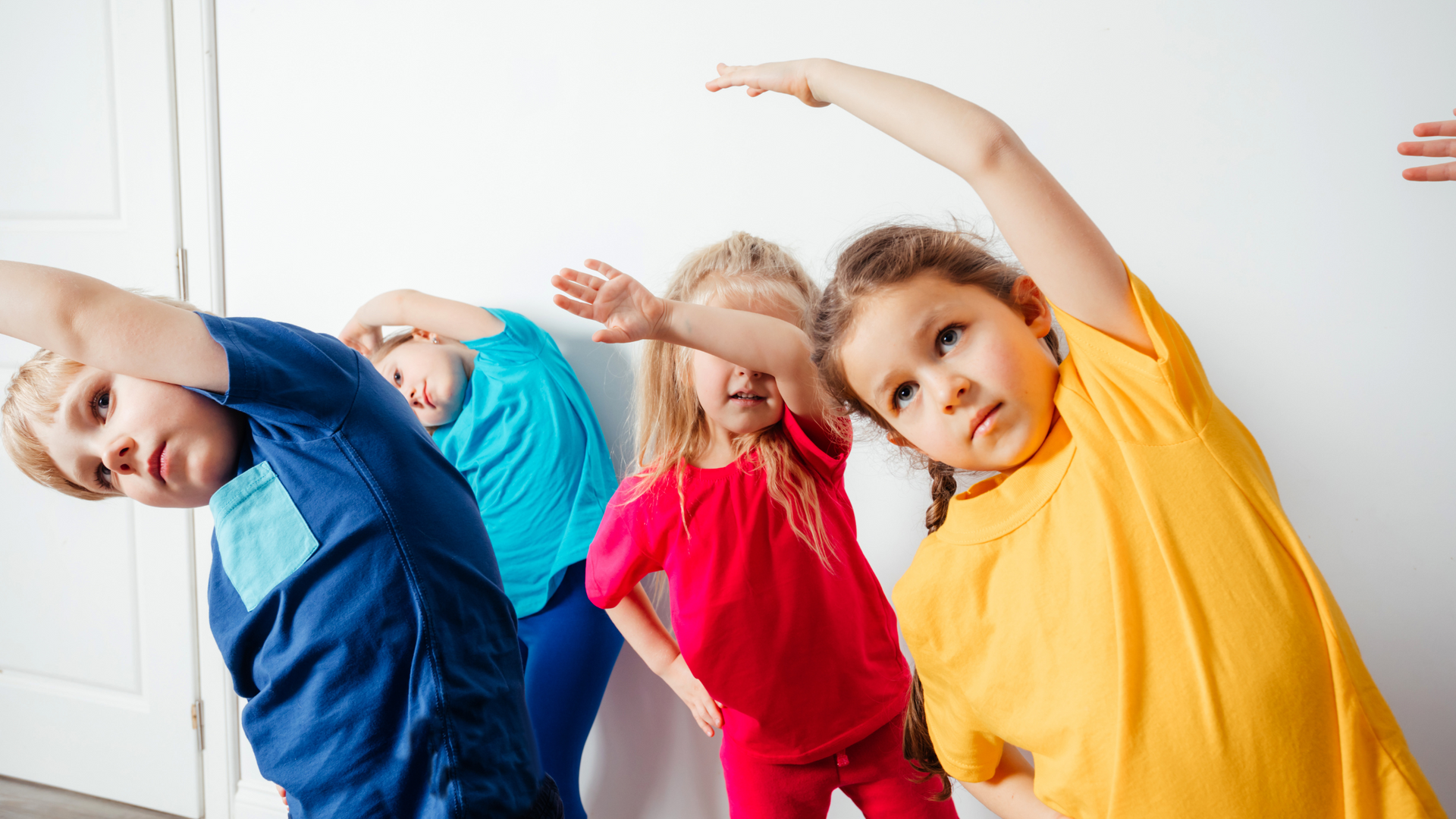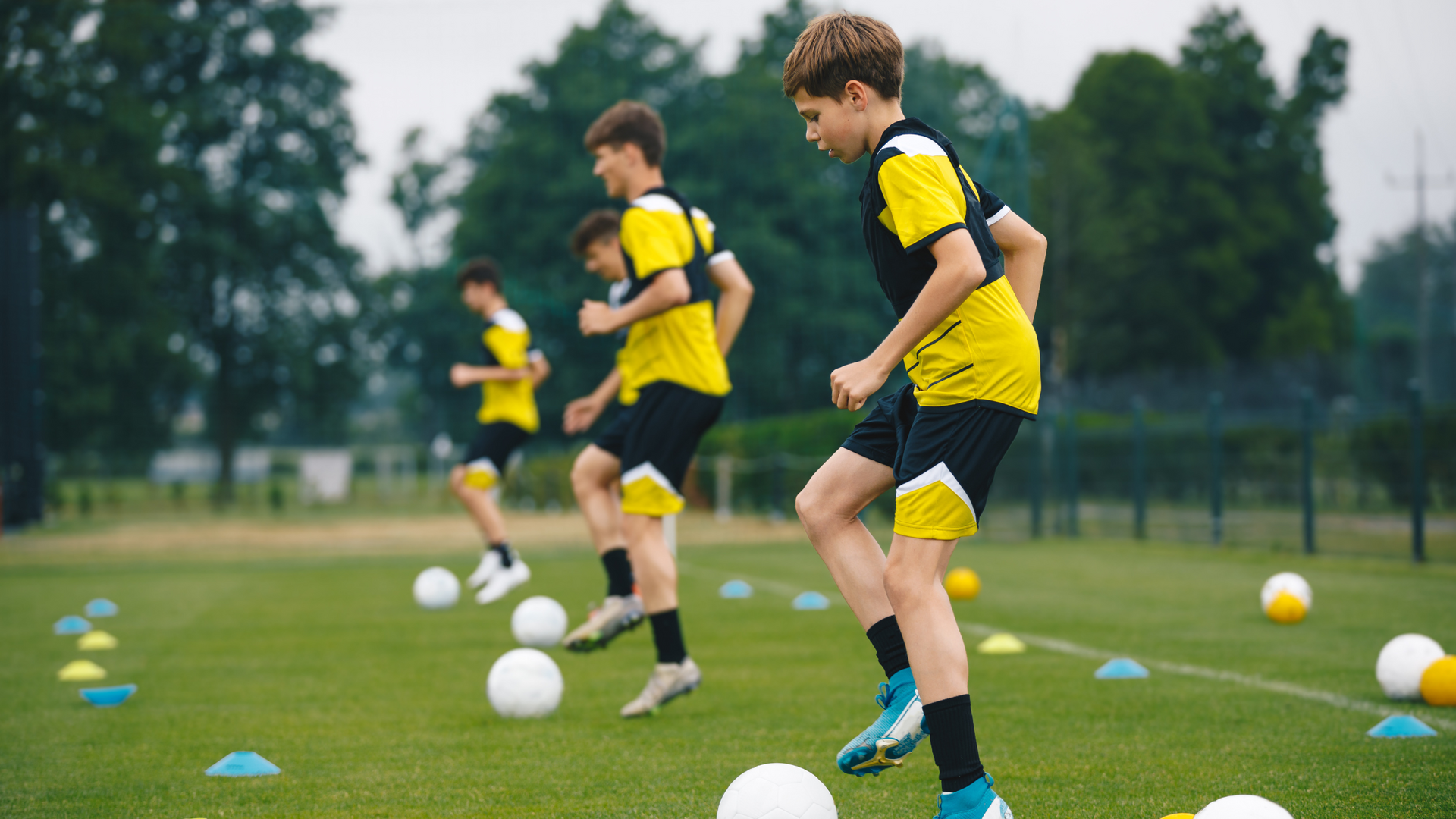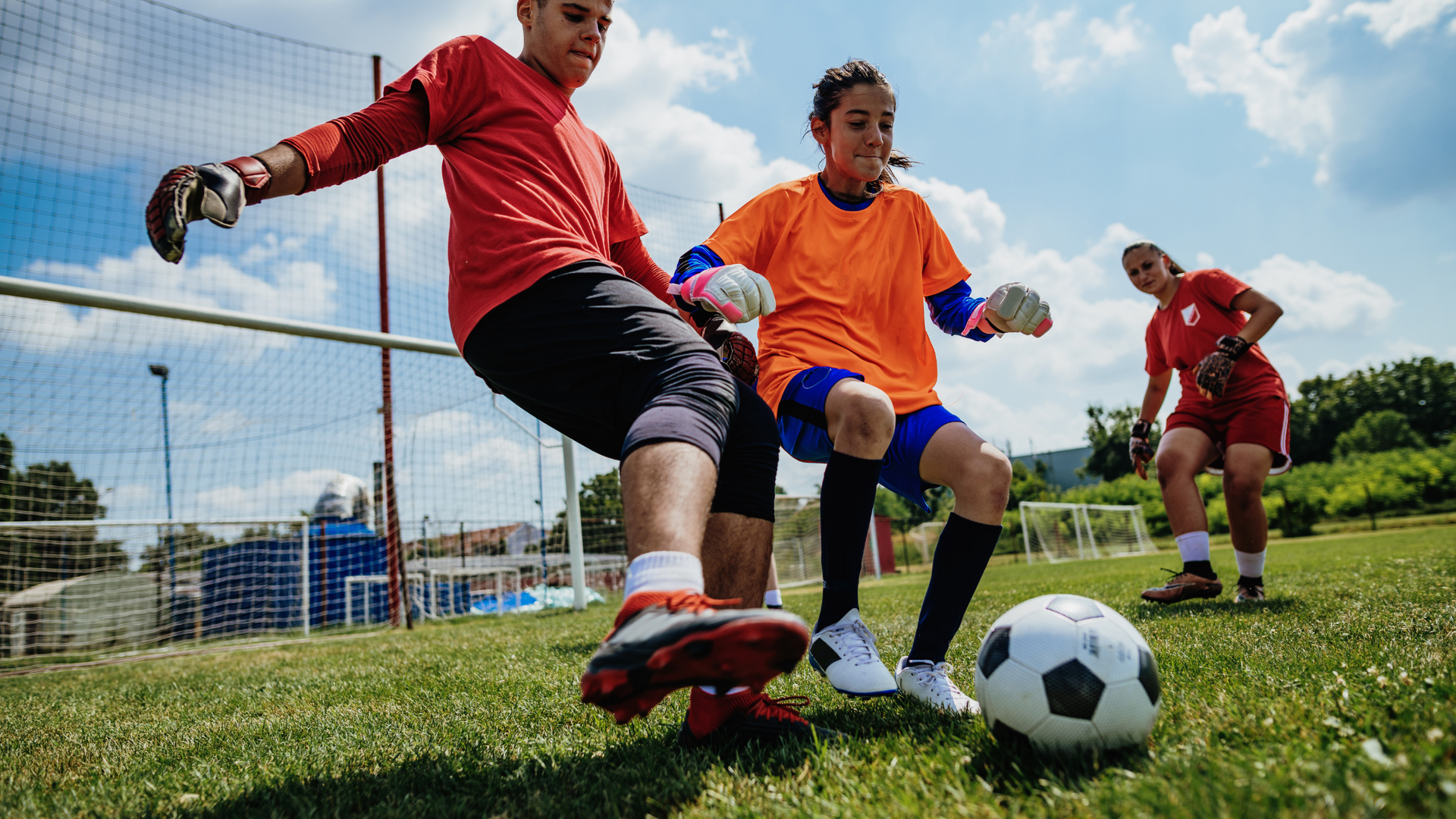Fuel Their Fire: Optimal Nutrition for Active Young Athletes
Kids and teens today are busier and more active than ever before. With sports, activities, academics, and social lives filling up their schedules, proper nutrition is essential to keeping up with their fast-paced lifestyle. As a parent, it’s important to understand the unique
nutritional needs of active young athletes to set them up for success. Proper fuel gives them the energy and focus to hit their peak performance, in and out of the game.
This article will explore the top nutritional priorities for active kids and teens. You’ll learn what nutrients growing athletes need more of, the best food sources to provide it, and easy ways to work it into their routine. Let’s get started fueling their fire!
Carbs Are King for Quick Energy
Carbohydrates are the body's preferred source of fuel for immediate energy. When active kids and teens exercise or play sports, their muscles tap into carbohydrate stores for quick power. Choosing high quality, complex carbs will provide longer lasting energy compared to simple sugars.
- Fill up on whole grains - Oatmeal, whole wheat bread, brown rice, quinoa are excellent sources of complex carbohydrates. Aim for whole grains to make up roughly half of their plate at meals.
- Pack in produce - Fruits and starchy vegetables like sweet potatoes, squash, plantains are great options. Produce gives carbs plus antioxidants, vitamins, and minerals.
- Strategize smart snacks - Whole grain granola bars, a banana with peanut butter, trail mix, or apple slices with cheese are all balanced carb-based snacks. Time snacks 1-2 hours before games or practice.
- Carb load properly - For very active kids, carb loading can optimize energy stores. Do a mini-load 2-3 days before an event, increasing carbs by 2-4 grams per pound of body weight.
- Beware of bad carbs - Limit added sugars, refined grains like white bread, and heavily processed snacks. These burn fast and cause energy crashes.
Protein Powers Muscles
Healthy Fats Fuel Their Fire
Active kids need more high-quality protein than their less active peers to build, repair, and strengthen growing muscles. Protein also keeps them feeling fuller longer compared to carbs alone. Make sure your athlete gets enough protein spaced throughout the day.
- Lean meats and poultry - Chicken, turkey, lean beef, pork loin are great for dinner or lunches. Shoot for 4-6 oz per meal.
- Fish and seafood - Tuna, salmon, tilapia, shrimp provide protein plus anti-inflammatory omega-3s. Aim for at least 8 oz per week.
- Eggs, dairy and plant-based proteins - Milk, Greek yogurt, cheese, tofu, beans, lentils round out protein needs. Choose low-fat dairy.
- Sneak it into snacks - String cheese, mixed nuts, apple with peanut butter, edamame make portable protein snacks.
- Don't forget protein post-workout - 20-25 grams of protein within 30 minutes of activity helps rebuild muscle. Try chocolate milk or a protein shake.
Don't fear the healthy fats! They provide concentrated energy, aid vitamin absorption, and support growth and development. Active kids benefit from getting a variety of unsaturated fats from plant and fish sources.
- Nuts and seeds - Walnuts, almonds, chia seeds, flax seeds are rich in anti-inflammatory omega-3 fatty acids.
- Oils and spreads - Olive oil, avocado oil, nut butters provide artery-friendly monounsaturated fats.
- Fatty fish - Salmon, tuna, mackerel are excellent protein plus omega-3 combo options. Bake or grill.
- Avocados - Use on toast, in salads, in smoothies for fiber plus fat.
- Limit saturated fats - From red meat, butter and full-fat dairy. Leaner cuts and low-fat options are better.
Hydration is Heroic
Proper hydration is extra important for active kids and teens. When they sweat during sports and activities, they lose fluids as well as electrolytes like sodium and potassium. Make sure they drink enough water and replenish electrolytes to avoid dehydration symptoms like fatigue, cramps, dizziness, and impaired performance.
- Water, water and more water! - Carry a water bottle and take frequent sips, especially before, during and after activity.
- Coconut water - Provides potassium, magnesium and hydration with less sugar than sports drinks.
- Diluted fruit juice - For fluids, carbohydrates and antioxidants. Dilute with 50% water.
- Low-fat milk and dairy - Provides fluids, calcium, protein. Chocolate milk is great post-workout.
- Sports drinks - These help replace sodium and potassium lost in sweat. Use sparingly and dilute with water.
- Watch urine color - Pale yellow means they are well hydrated. Dark yellow says drink up!
Don't Discount Iron, Calcium and More
Active kids have increased needs for certain vitamins and minerals. Iron carries oxygen to working muscles. Calcium and vitamin D strengthen bones. Zinc supports immunity and growth. Make sure their diet provides enough of these key players.
- Iron - Found in red meat, poultry, eggs, spinach, legumes. Pair with vitamin C foods to increase absorption.
- Calcium - Dairy products like milk, yogurt and cheese are highest. Leafy greens also provide calcium.
- Vitamin D - Fatty fish, fortified dairy products and juices contain vitamin D to aid calcium absorption. Get some sun too!
- Zinc - Oysters have the most zinc, followed by meat, poultry, legumes, nuts and seeds.
- Antioxidants - Fruits and veggies supply antioxidants to counter exercise oxidative stress. Aim for a rainbow!
Meal Ideas They'll Love
- Breakfast - Oatmeal with peanut butter, banana, milk
- Lunch - Turkey and cheese sandwich on whole grain bread, baby carrots, Greek yogurt
- Dinner - Burrito bowls with chicken, brown rice, black beans, salsa
- Snacks - Trail mix, apple with string cheese, homemade energy bites
Putting it all together into balanced meals and snacks they enjoy will set your active kids up for success. Use this guide to fuel their fire and meet their unique nutritional needs. Proper diet paired with an active lifestyle promotes healthy growth and power to achieve their goals!
If you're looking for fun activities and exercise programs for your kids and teens reach out to us at Gantry Kids & Teens in New York. We're looking forward to working with you and your kids. Whether a novice or elite athlete, we got you covered with classes, after school, camps, the occasional Saturday night, private training or even celebrating a special event. We’re Building Tomorrow’s Leaders Today! Contact us today.


